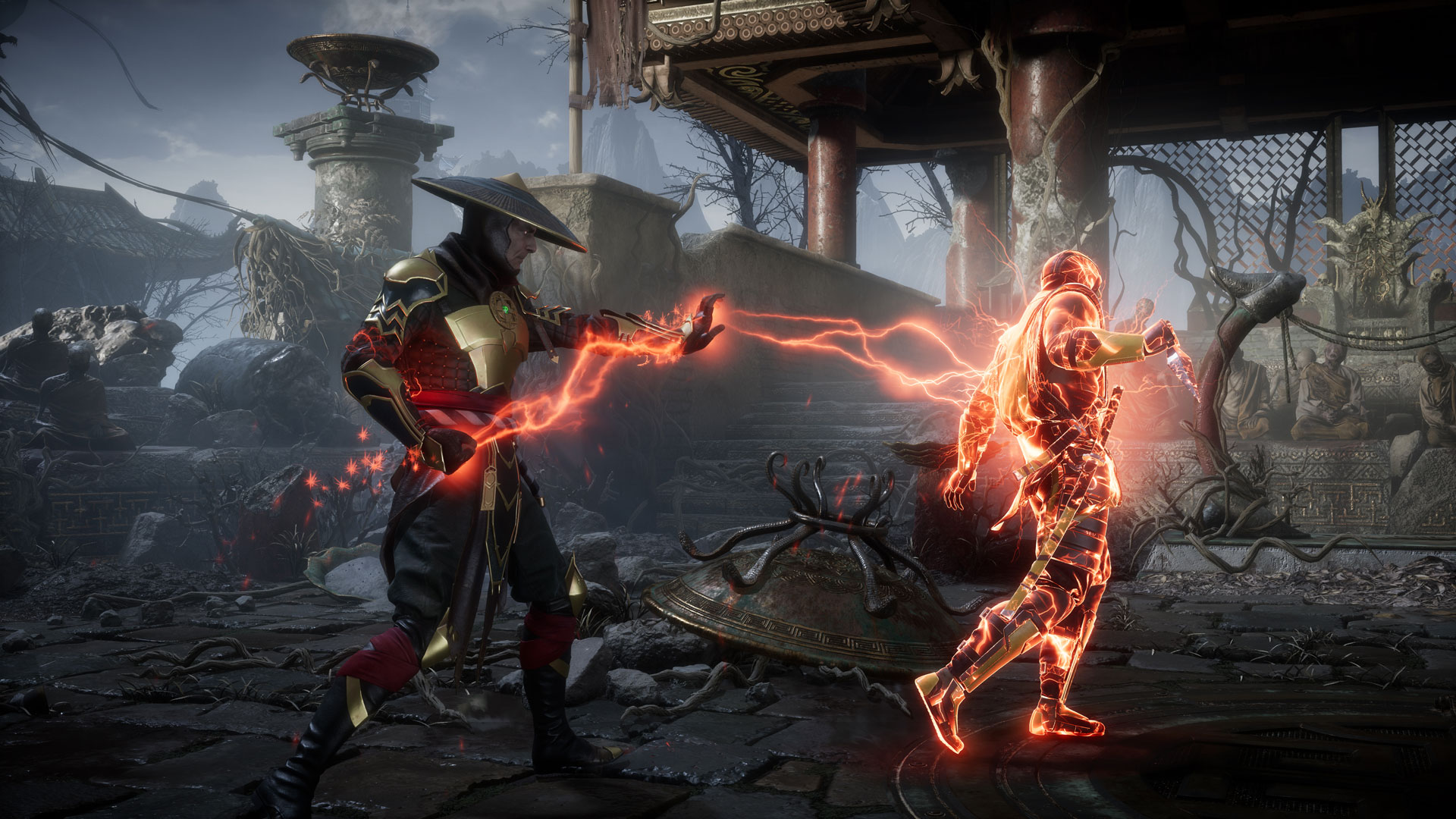

89s lacked shock-protection, a deficiency that would eventually make the JLC Mk. 89 runs at 18,000 bph and features a Breguet hairspring and a patented indirect drive for the centrally mounted seconds hand. The IWC was fitted with the renowned Caliber 89, widely regarded as one of the most robust three-handed movements ever built. P478/BWSbr used in the iconic 1958 JLC Chronomètre Geophysique. The caliber was produced in very low production runs for a short period of time, and its design would eventually become the basis for the cal.

488/SBr, a chronometer-grade movement with few contemporary peers. 89 (Photo credit via Watchxchange) R: JLC Cal. For example, 2283/51 indicates the 2,283th unit from a 1951 order.
#MK 11 REVIEW SERIAL NUMBER#
Each unit also had to indicate a serial number and the year the batch was ordered. 6B signifies “Aircraft Navigation Equipment, Accessories and Unit Servicing Parts,” a designation not exclusive to watches. Likewise, each watch had to display the store reference number, 6B/346. 11 had to be branded with a broad arrow on the dial, case, and movement to denote government property. L: JLC R: IWC. Image via Franco Squelette.Įach Mk. The aforementioned bonklip bracelet was eventually discontinued and replaced with a nylon NATO strap (6B/2617), only to be reintroduced years later as an alternative. The circle T did not appear on RAAF and RNZAF versions of the watch because they did not request it.
#MK 11 REVIEW MOD#
11s featured an encircled T on the dial above 6 o’clock to indicate the presence of tritium (the MoD began to issue tritium replacement dials for older radium versions around this time). This was later changed around 1952 “to improve clarity of presentation.” Likewise regarding the handset, with the shorter, squared hour hand (now iconic to IWC and the Mark line) being preferred for immediate legibility. The first generation of watches, for example, did not feature a triangle at 12, but rather an Arabic 12 flanked by two dots. 11 underwent some notable design changes. 11 variants during the years they were commissioned, boasting several different (although not too dissimilar) dials, handsets, and case back markings. Both JLC and IWC manufactured a handful of Mk. The dials were cup-shaped and designed to lock in with an iron back to create an anti-magnetic seal, or a Faraday cage. The cases had long lugs and most featured fixed spring bars. Both came in stainless steel cases approximately 35-36mm wide–35.3mm for JLC, 35.98mm for IWC. Given the stringent specifications laid out by the MoD, both Marks from IWC and JLC were quite similar in build and appearance. L: IWC R: JLC. Image via Franco Squelette. To maintain optimal operation, watches had to be retested annually, regardless of whether or not they were ever issued. 11 was supplied to the RAF, FAA (Fleet Air Arm), RAAF (Royal Australian Air Force), RNZAF (Royal New Zealand Air Force) and a handful of other outfits, and eventually even some private firms.īefore being issued for service, all watches had to endure rigorous performance testing at the chronometer workshop of the Royal Greenwich Observatory in Herstmonceux, where they were regulated to five positions and various temperatures over a two-week period. They in turn reached out to various manufacturers, and IWC and JLC eventually secured the commission. The MoD took this list to London-based jeweler Goldsmiths & Silversmiths Co., Ltd. So, sometime in 1946 or ’47, the MoD decided on a new navigator’s watch standard-6B/346, also known as the Mk. Though the watches issued under the Dirty Dozen were approved for military use, their lower level accuracy proved to be too unreliable for aviation. “Dirty Dozen” Photo credit: user siewming, Malaysia Watch Forum The resulting watches–highly valued collector’s pieces in their own right–would eventually be called the “Dirty Dozen,” and to a lesser extent the Mk. 12 companies were awarded contracts: Buren, Cyma, Eterna, Grana, JLC, Lemania, IWC, Omega, Record, Timor, Vertex, and Longines. In the early 1940s, the MoD created a set of specifications for watches to be issued to military personnel. Today, we take a closer look at this historic piece. The result? A quintessential pilot’s watch, and one that would inspire countless designs years after its humble beginning in 1949. 11 was designed from the ground up with functionality and utility at the forefront. 11 truly embodies what it means to be a “tool watch.” Manufactured by International Watch Company and Jaeger-LeCoultre based on specifications provided by the British Ministry of Defense (MoD), the Mk. Perhaps more than any other watch in history, the Mk.


 0 kommentar(er)
0 kommentar(er)
